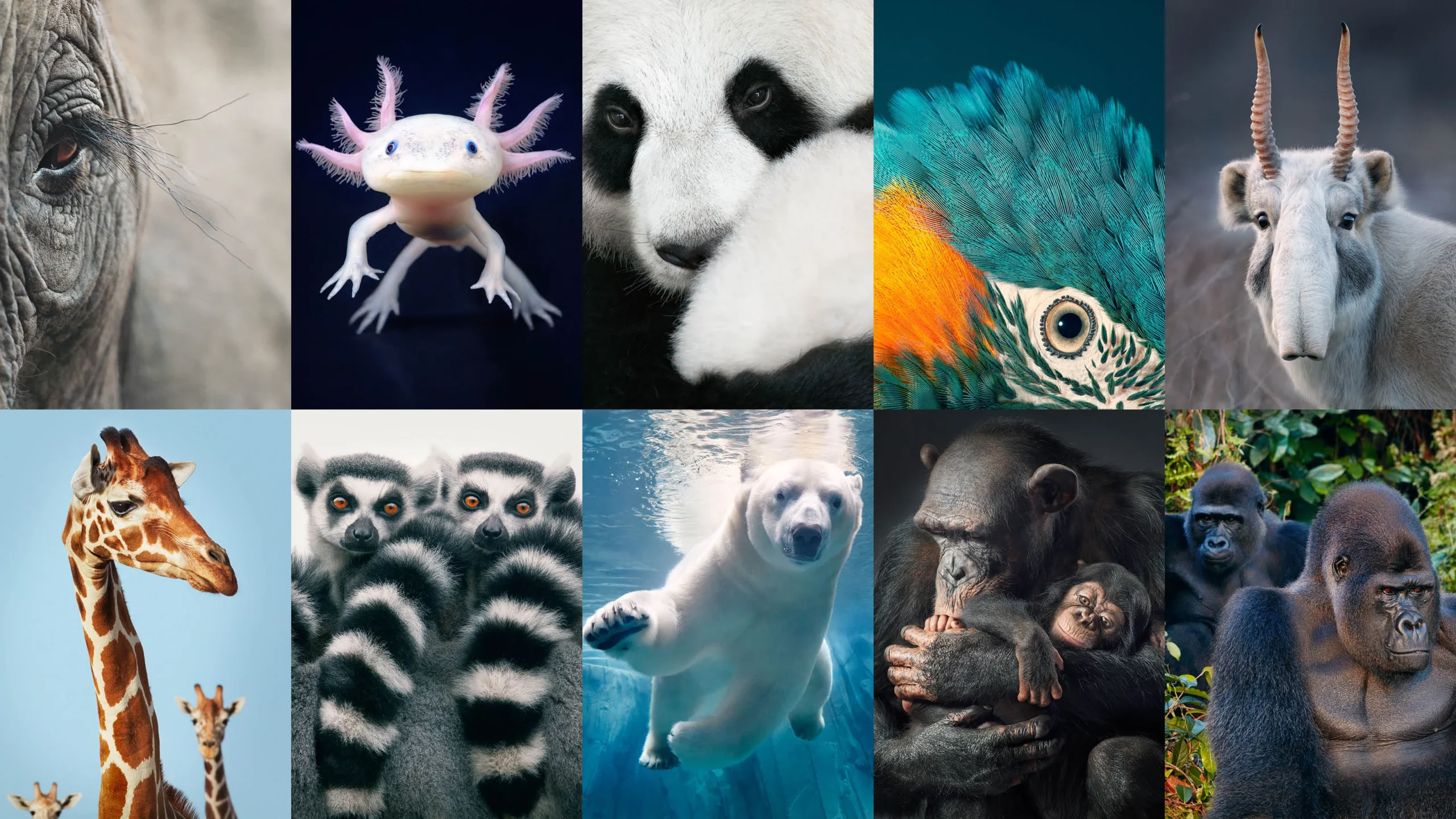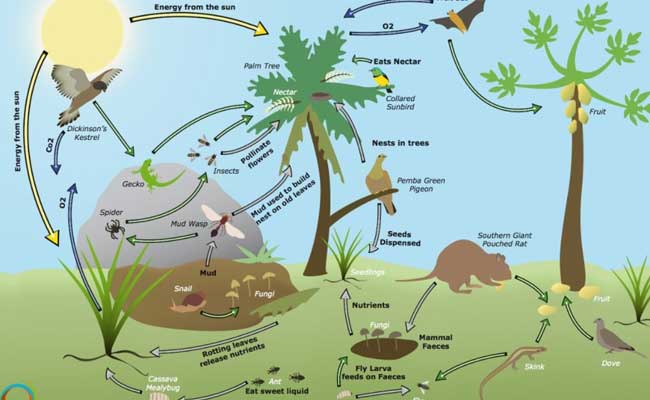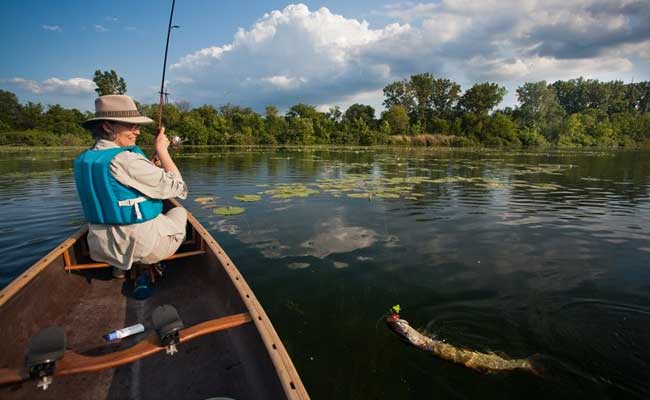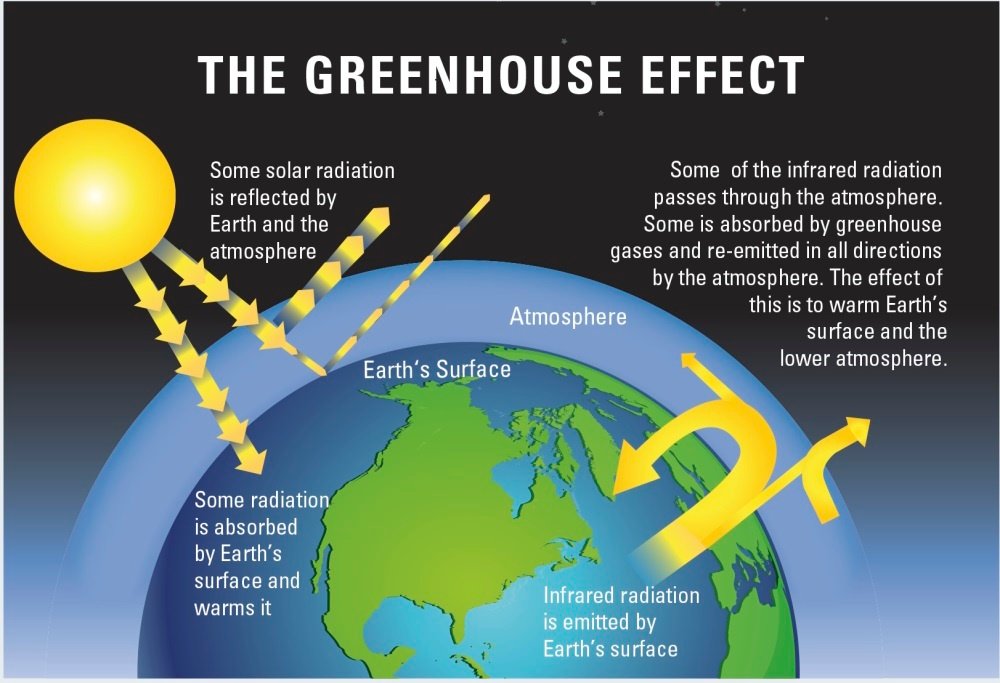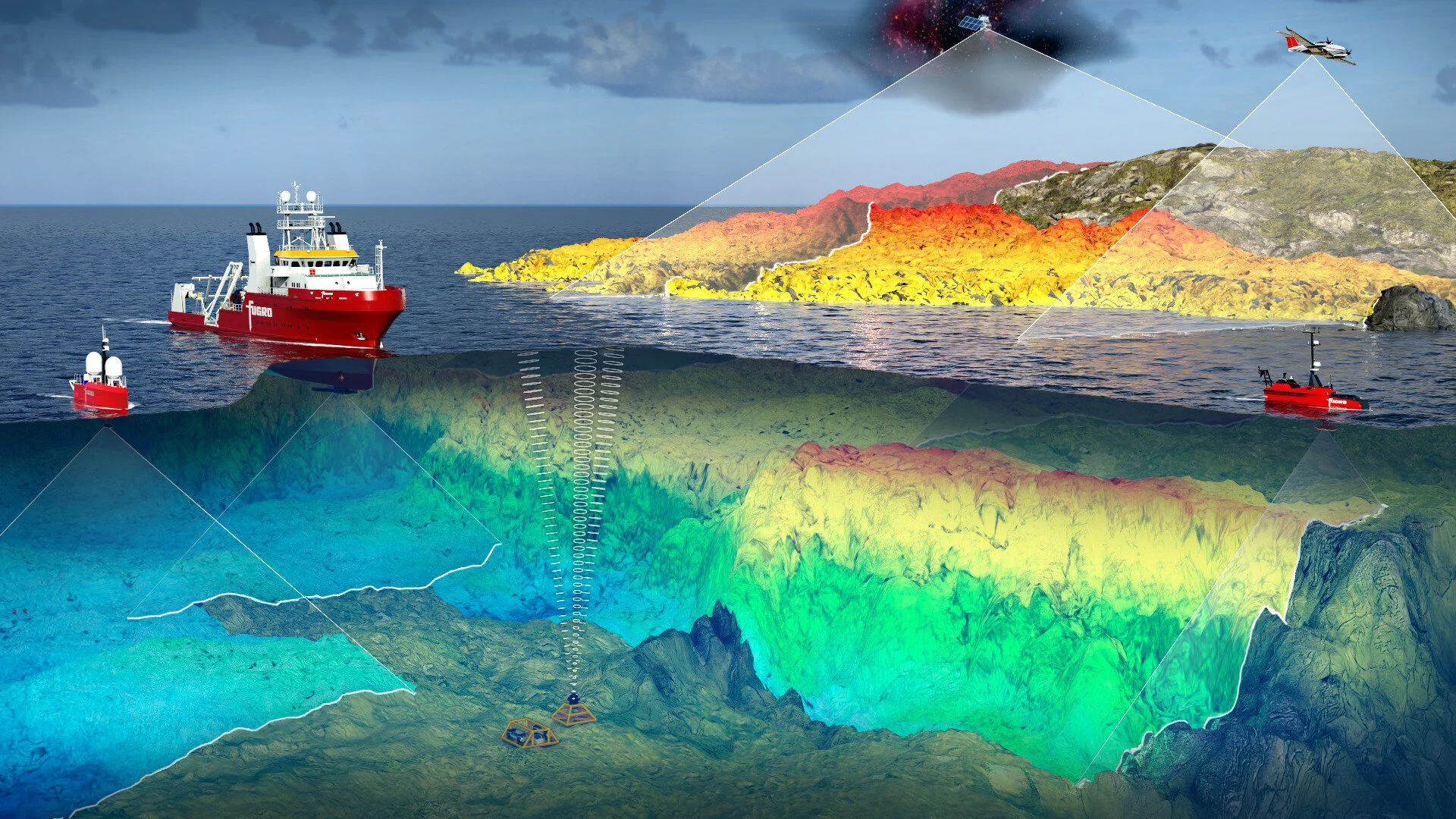Conservation Strategies for Endangered Species and their Habitats: Protecting endangered species and preserving their habitats are crucial for maintaining biodiversity and ensuring the long-term survival of our planet’s ecosystems. With countless species facing the threat of extinction due to habitat loss, climate change, poaching, and other human activities, it has become more important than ever to implement effective conservation strategies. This article explores various approaches to conserving endangered species and their habitats, highlighting the significance of each strategy in safeguarding our natural heritage.
I. Habitat Protection and Restoration:
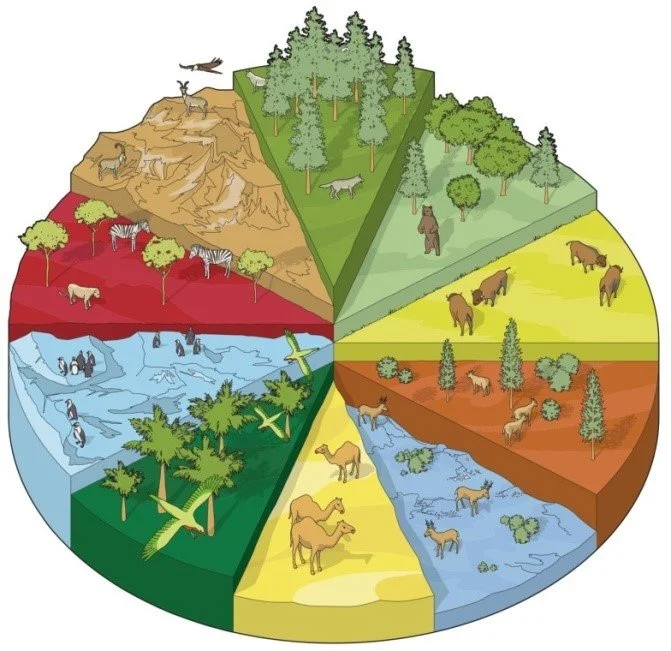
One of the fundamental steps in conserving endangered species is protecting and restoring their habitats. This involves identifying critical areas that serve as breeding grounds, feeding sites, or migration routes for vulnerable species. Governments, conservation organizations, and local communities can collaborate to establish protected areas, national parks, and wildlife sanctuaries, ensuring that these habitats remain undisturbed. Additionally, habitat restoration initiatives can be implemented to reverse the damage caused by deforestation, pollution, and other anthropogenic activities.
II. Sustainable Land and Resource Management:
Promoting sustainable land and resource management practices is essential for preserving habitats and minimizing the impact on endangered species. This can be achieved through measures such as responsible logging, controlled fishing, and sustainable agriculture. By adopting practices that minimize the loss of biodiversity and reduce habitat destruction, we can create a balance between human activities and the conservation of endangered species and their habitats.
III. Captive Breeding and Reintroduction Programs:
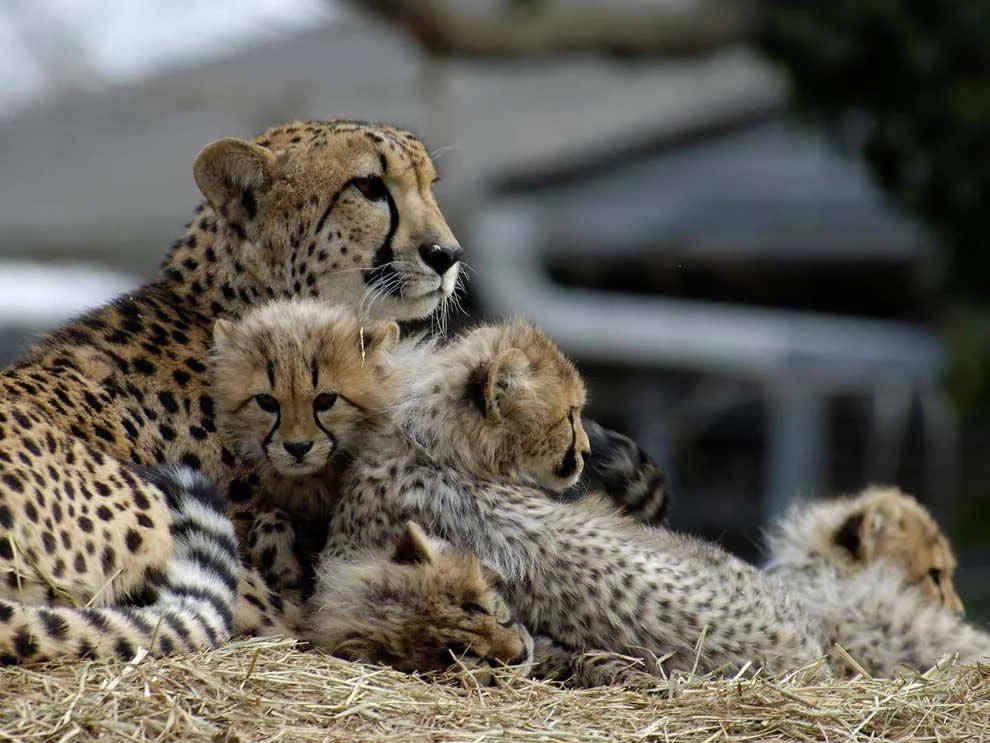
Captive breeding and reintroduction programs play a significant role in the conservation of endangered species. By establishing breeding centers and zoos, scientists and conservationists can breed endangered species in a controlled environment, ensuring their survival and genetic diversity. Once the population is stable, individuals can be reintroduced into their natural habitats. However, careful monitoring and research are necessary to ensure that reintroduced populations thrive and adapt successfully.
IV. Community Engagement and Education:
Involving local communities in conservation efforts is vital for the long-term success of endangered species conservation. By raising awareness about the importance of biodiversity and the value of protecting natural habitats, communities can become active participants in conservation initiatives. Engaging with local communities also helps address human-wildlife conflicts, as understanding and cooperation can lead to sustainable solutions that benefit both people and endangered species.
V. International Cooperation and Policy:
Conservation strategies must extend beyond national borders to effectively protect endangered species. International cooperation plays a crucial role in combating wildlife trafficking, preserving migratory routes, and addressing global environmental challenges. By forming alliances, sharing knowledge, and implementing transnational policies, countries can work together to protect species that transcend geopolitical boundaries.
VI. Research and Monitoring:
Continuous research and monitoring are essential for understanding the needs and behaviors of endangered species, as well as evaluating the effectiveness of conservation strategies. By collecting data on population size, habitat quality, and threats faced by species, scientists can adapt their conservation efforts accordingly. Advanced technologies such as GPS tracking, satellite imagery, and genetic analysis have significantly enhanced our ability to monitor and protect endangered species and their habitats.
VII. Sustainable Tourism and Economic Incentives:
Harnessing the power of sustainable tourism can contribute to both local economies and the conservation of endangered species and their habitats. By promoting responsible ecotourism, communities can benefit from the presence of protected areas while minimizing the impact on wildlife. Additionally, creating economic incentives for conservation, such as providing financial rewards for landowners who protect habitats or introducing green certifications for businesses, can encourage sustainable practices and habitat preservation.
Conservation strategies for endangered species and their habitats require a multifaceted approach that encompasses habitat protection, sustainable land management, captive breeding, community engagement, international cooperation, research, and economic incentives.
Read Also: Water Scarcity
![]()

